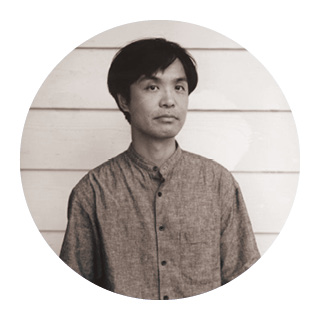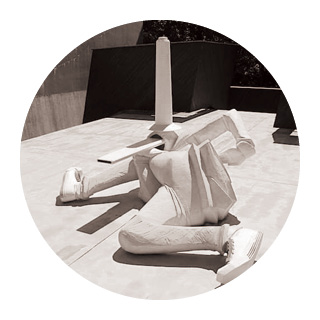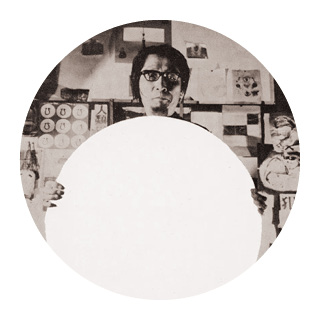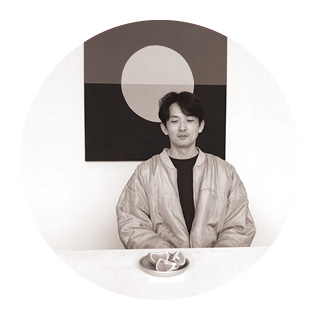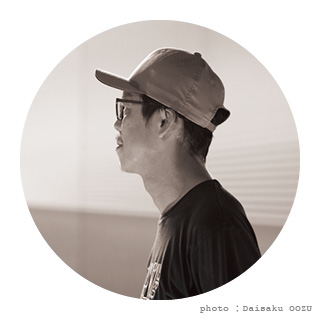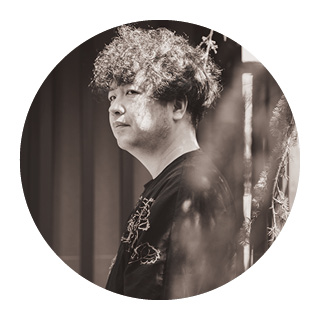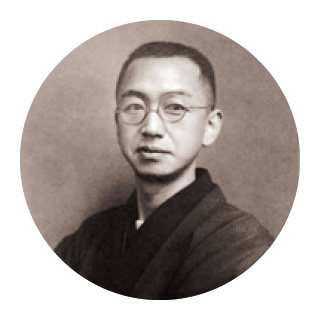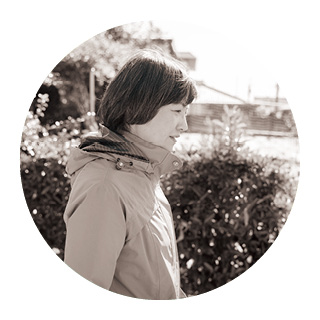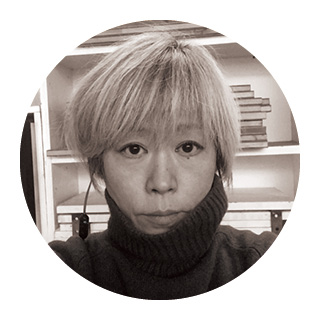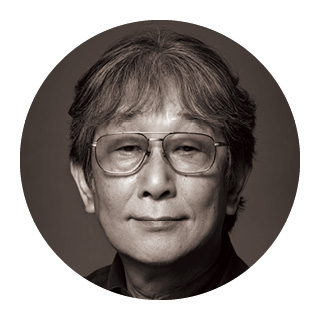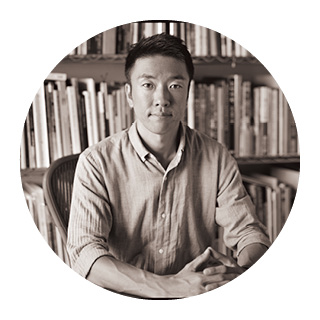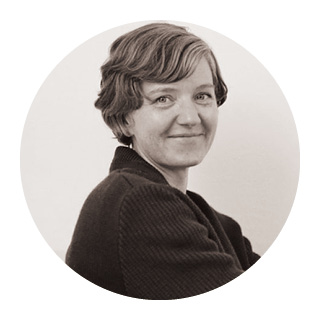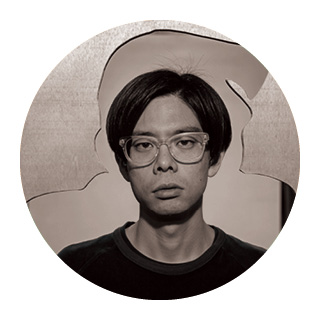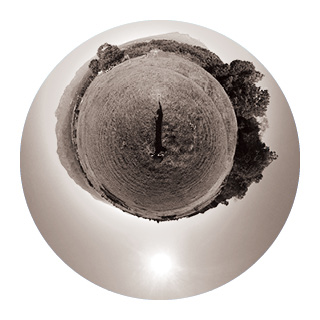
井村一登
Kazuto Imura展示会場
平成2(1990)年、京都市生まれ。平成29(2017)年、東京芸術大学大学院美術研究科先端芸術表現専攻修了。ハーフミラー、球体鏡、LED などを用いて視覚や認識にかかわる光学的作品を手掛ける。近年は鏡の歴史とルッキズムに関心を寄せ、鏡の素材・技法を再構成し「自分が映らない」鏡を制作している。
主な個展に、『井村一登 展 mirrorrim』(日本橋三越本店コンテンポラリーギャラリー、東京/2021)。「NONIO ART WAVE AWARD 2021」審査員特別賞名和晃平賞受賞。
Born in Kyoto in 1990. Master’s degree in Intermedia Art at Tokyo University of the Arts in 2017. With his on-going research on vision and recognition, he is focusing on optical works using half-mirrors, spherical mirrors and LED. His recent interest lies in the history of mirrors and lookism, Imura is reconstructing the materials and techniques of the mirrors, and creating “Invisible Mirrors” that do not reflect you.
作品ステートメント
トルコのチャタル・ヒュユクの遺跡から黒曜石の鏡が出土した。
それは紀元前6200年頃に制作されたといわれ、最古の人工の鏡である。
黒曜石は火山の噴火によってできた天然のガラスであるが、
それから約8000年後の今もガラスは鏡として使用されている。
松本市に隣接する長和町、下諏訪町の間にある和田峠は黒曜石の産出地である。
本展ではそこで採取された黒曜石をはじめ、天然、人工、その境界に位置するもの、様々なガラスで鏡を制作し、人と鏡像の関係性の歴史を探る。
作品タイトルは表裏一体の英訳である「two sides of the same coin」
の語源に由来し、黒曜石の研磨から制作する表面鏡、
透明ガラスに金属を付着させ制作する裏面鏡とその関係性を表す。
An obsidian mirror was unearthed from the ruins of Çatal Hüyük in Turkey. It is said to have been produced around 6200 BC, and is the oldest man-made mirror. Obsidian is a natural glass produced by volcanic eruptions, and it is still used as a mirror about 8,000 years later.
The Wada Pass, located between the towns of Nagawa and Shimosuwa adjacent to Matsumoto City, is an obsidian-producing area. This exhibition explores the history of the relationship between people and mirror images by creating mirrors using obsidian collected there, as well as various other types of glass, both natural and artificial, and those located at the border between the two.
The title of the work is derived from the English translation of the phrase “two sides of the same coin,” which refers to the relationship between the surface mirror made from polished obsidian and the reverse mirror made from transparent glass to which metal is attached.

